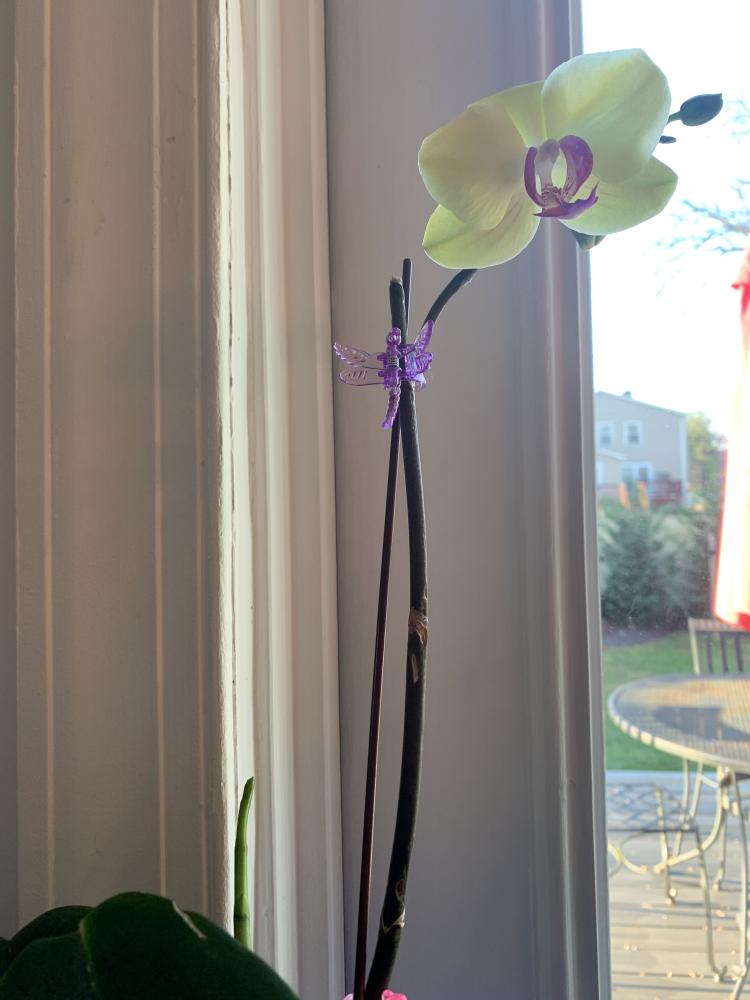 I find it simultaneously unbelievable and miraculous that we are almost halfway through December, and that — as we approach 2021 — I’d be sharing lessons in pandemic patience from an orchid.
I find it simultaneously unbelievable and miraculous that we are almost halfway through December, and that — as we approach 2021 — I’d be sharing lessons in pandemic patience from an orchid.
One of the things that has struck me about this year is that, despite how incredibly crazy, surreal, nerve-wracking, heartbreaking, ______, it’s been, there have also been moments of hope, love, and joy.
Even if small, or fleeting, the moments have been there.
I had one such moment yesterday. The first orchid bloom of 2020.
See the orchid in the pic above?
That is the very first orchid bloom of 2020 in my home.
And that too, from a plant I did not think would come back.
How cool is that?
Orchids are, as you know, pretty intimidating to the amateur horticulturist.
I mean – they’re gorgeous, and I love them. But they also have a reputation for being so friggin’ extremely delicate, temperamental, and difficult to cultivate.
When one of my friends sent me this very plant, replete with beautiful blooms, for my birthday (in January), I was delighted!
And then, really disappointed when it dropped its blooms a couple of months into the pandemic.
I mean, there are few things more pathetic than an orchid with bloom-less flower spikes… right?
At some point this pandemic summer (it could have been 3 months or 20 years later, who knows 😉), I decided to learn more about orchids.
So I went a bit further down the Google and YouTube rabbit holes and learned some very interesting things about these gorgeous creatures:
1. Orchids are epiphytes, i.e. plants that grow on other plants, but are not parasitic.
So when they start to grow aerial roots (the ones that stick up out of the pot but are not flower spikes), it’s usually because:
a) there’s no more room to grow “down,”
b) they need air, and
c) they’re looking for something to attach to, like a tree trunk.
2. Because orchids are native to tropical climates, the roots are used to a fair amount of moisture and water that is tepid, v. cold.
What did this mean for my orchids?
First, the whole “just add ice” thing is complete hooey.
Orchids don’t like ice! They want to stay wet-ish and warm-ish!
So keeping the orchid mix relatively moist is REALLY important, and to do so with TEPID water is really important as well.
Second, it’s also important to repot your orchid as soon as you can, and ideally in a planter that allows the roots to “breathe,” as it were. Because that’s what they’re used to.
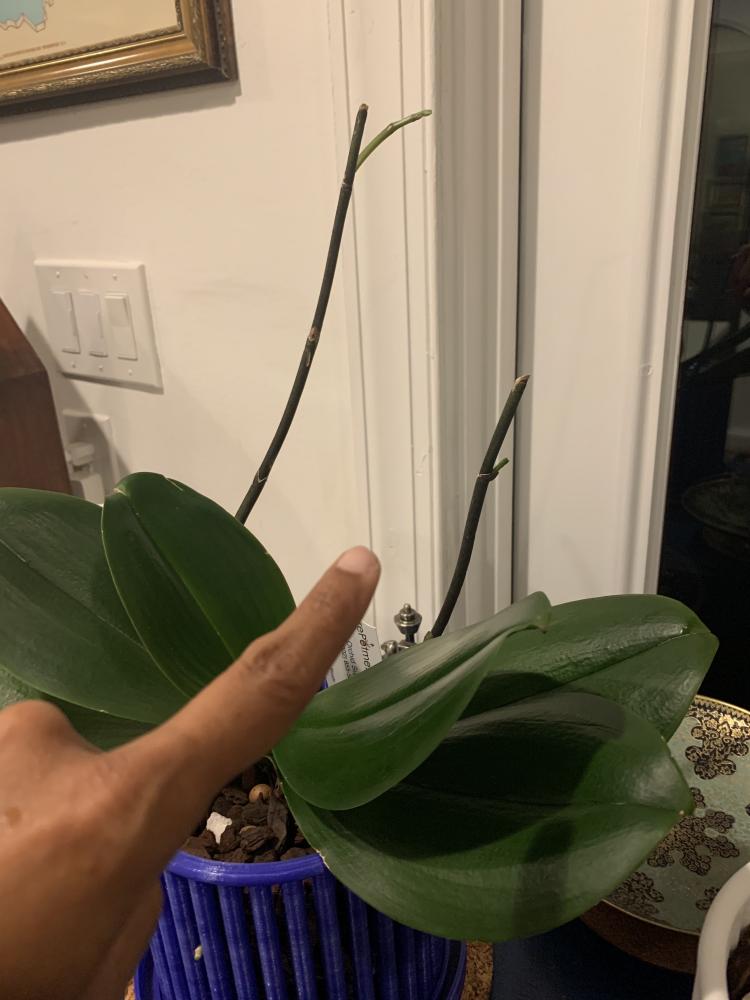
So, I found some really good orchid mix online, and bought some funky “carousel” planters that have vertical “bars” down the side.
Every morning, I put the planters in the kitchen sink and wet the mix.
This allowed air to reach the roots, and any excess water drained easily.
This photo is what my orchid looked like on October 30th.
See those little “branches” with the “mitten” tips?
Those were brand new flower spikes!
Fast forward to the little “mittens” growing into flower pods…
… and then, to this past weekend, when my gorgeous phalaenopsis orchid…
… BLOOMED.
A single orchid bloom might seem like a really small thing. But, to me, it’s not.
To me, it’s a moment of joy that is symbolic of patience, perseverance, and hope.
That is what we’ve needed this entire year, and that is what we’re going to continue to need for a while to come.
And as we plod on through yet more lockdowns, staying apart when we’d typically be coming together, we can hold onto the promise of renewal, resurgence, and rebirth.
It took almost an entire year for this orchid to “come back.” But come back it did.
And where there’s one bloom, there will be more.
If that doesn’t spark hope and joy, I don’t know what does.
Stay safe and well. If you have a moment to “reply” in the comments and tell me what you’ve been up to, I’d love to know. and if you’re curious about the carousel planter, this is where I got it. Not an affiliate link, just sharing b/c it’s cool. 😊


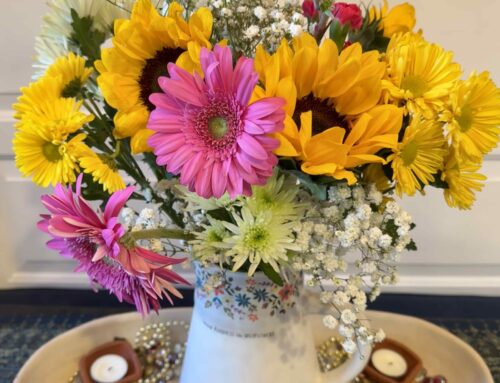

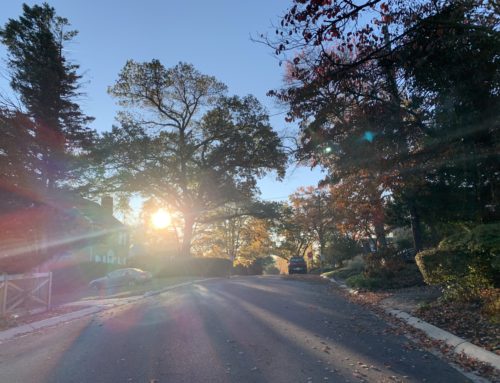
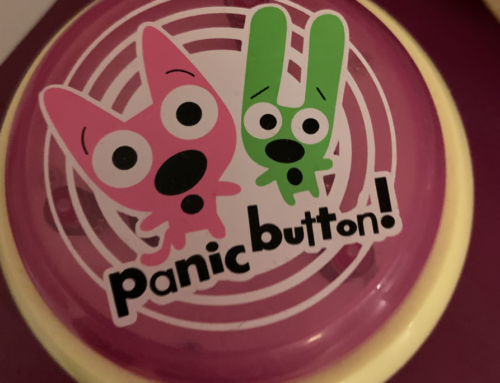




Leave A Comment